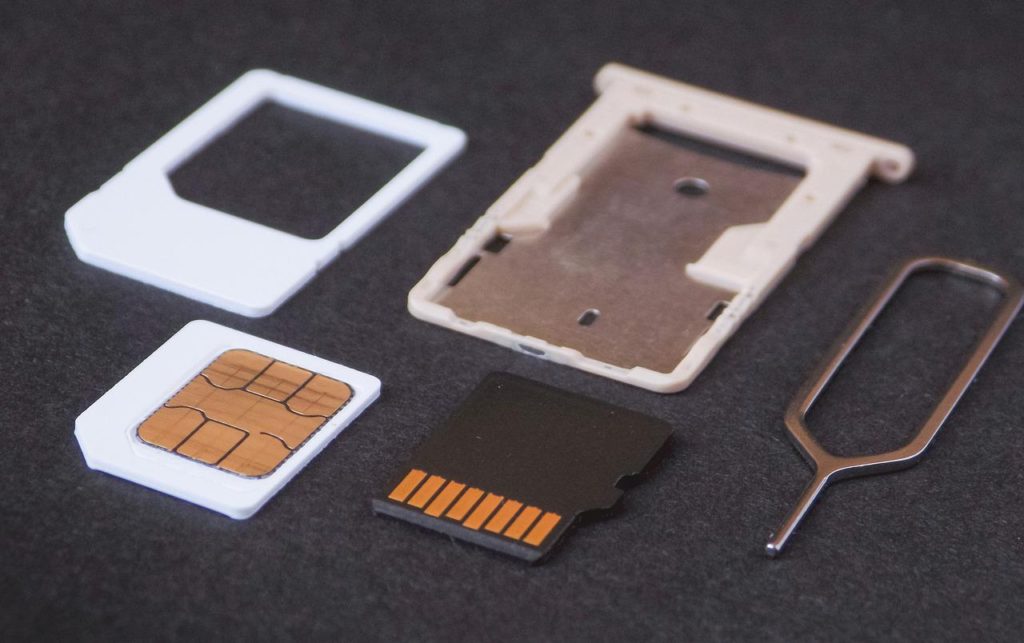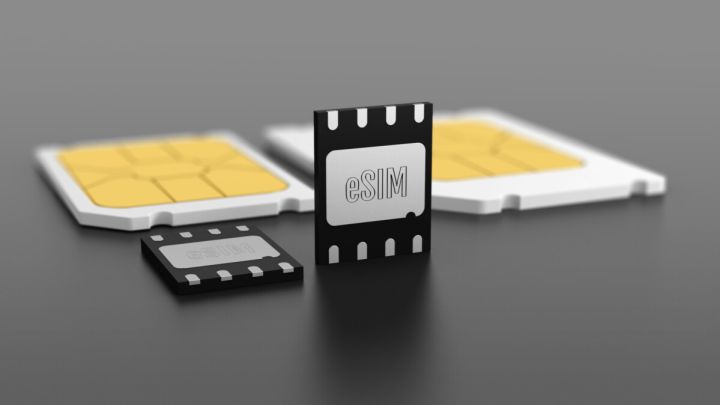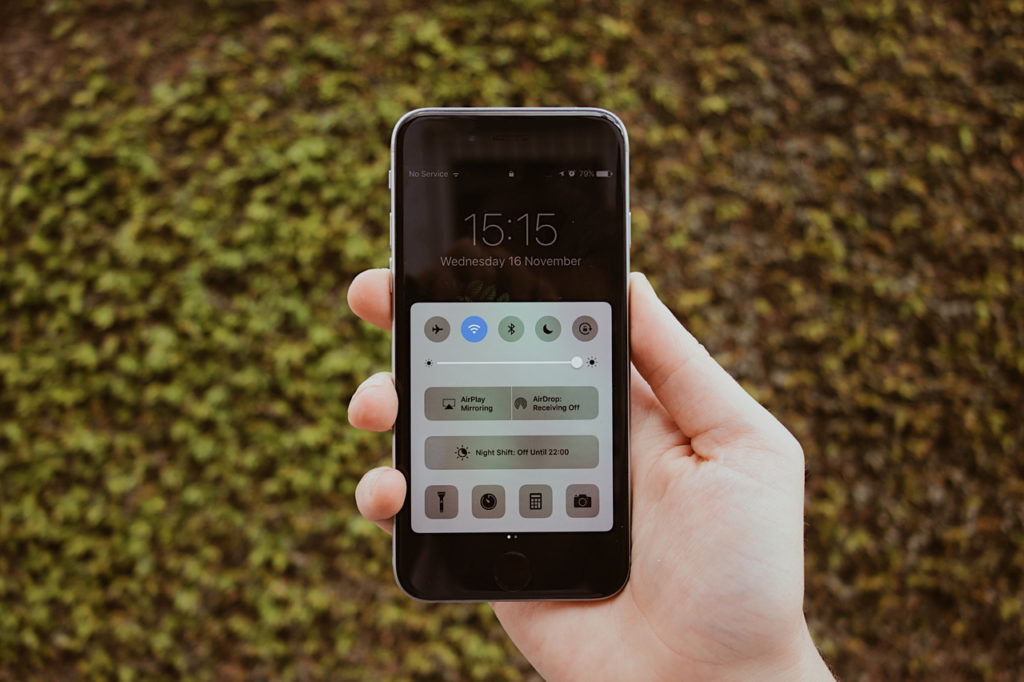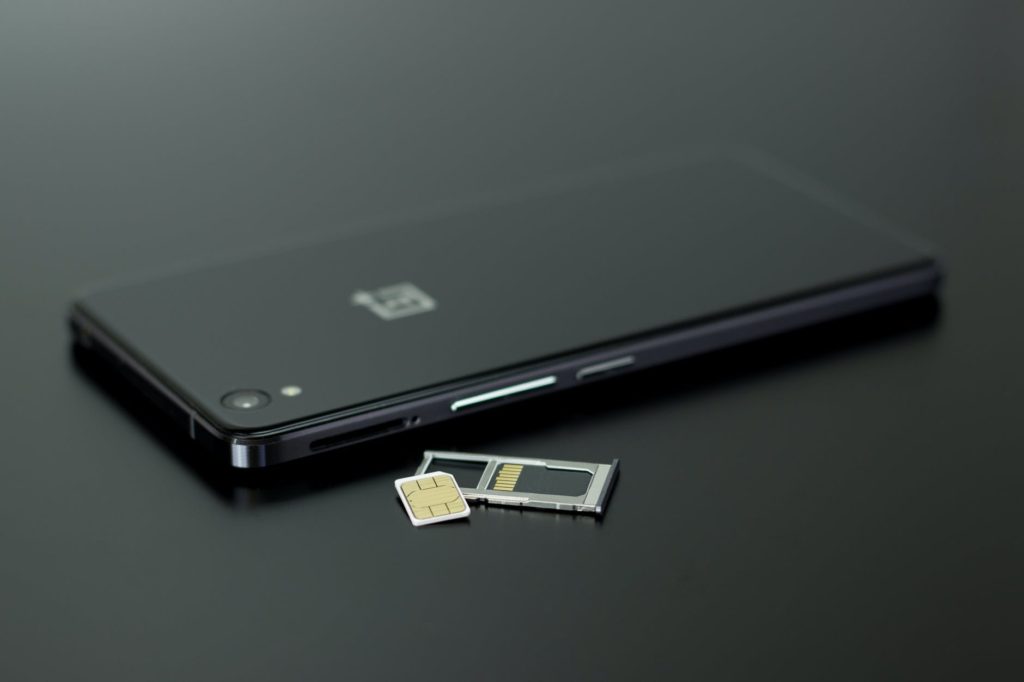
SIM cards have essentially held a variety of purposes over the years as phones themselves began to expand in capacity and things that you could do with them. When the use of SIM cards started which was essentially with the birth of cellphones themselves to some degree the SIM card was essentially the life blood of the phone. Without a SIM card you literally couldn’t do anything with a device other than potentially play snake. In some cases, you couldn’t even do that without a SIM card. You couldn’t even get the home page if you were to open up. What is a SIM card used for now? Well as it turns out things haven’t changed a ton. A SIM card is still the connection that your device has to the wireless network.
What has essentially happened is that phones have evolved in such a way to the point where calling and sending regular SMS texts are not the only two things that you can use the phone for. In a sense we could say that the answer to what a SIM card is used for could be to call and send texts. Since it’s the connection to the network that’s two of its main purposes. Yet, these days you can potentially call and send texts from a phone that doesn’t have a SIM card through a wifi connection and apps. Does that mean that a SIM card is less valuable? Has what SIM card is used for changed? Not really, but these are some of the questions that we are going to be tackling here.
What Is A SIM Card For – Main Uses
The main use for a SIM card is to be the direct connection between your device on the wireless network otherwise known as the phone company. From the early days though we figured out that the SIM card had to have a certain data storage capacity. At the very least, it had to be able to hold your phone number and other data that was important for the phone company to be able to track your phone usage. That way they knew how much they needed to charge you at the end of the month. As cell phones evolved it was actually the SIM card that was responsible for most of the data storage capabilities for the device. The thing was, at the time all that it needed to store were your contacts.
In being the connection between your device and the network the SIM card was the one that effectively allowed you to make or receive calls and texts. Think about it like the cable box, or the Apple TV device, depending on what generation you’re from. Now picture a non smart TV without any type of connection to a streaming service or cable network. It certainly doesn’t do much does it? That’s exactly what the SIM card meant to cellphones in the early days. What is a SIM card for still? It’s still used as the main connection that you have to your wireless service network. The same thing goes for an eSIM by the way, it is used for the same thing.
Does A SIM Card Still Store Data

The quick answer to this question particularly when we’re talking about regular SIM cards is yes. These regular SIM cards still store data. When it comes to eSIMs they still store data, but more in the sense of like an app stores data. At the end of the day they are the connection between your phone and the network with an eSIM that data that is being stored is what is essentially being transferred between the phone and the network. That data is basically going to be used so that the wireless service provider can know how much you owe them at the end of the month. It’s a data storage like what we see with regular SIM cards.
With regular SIM cards what you can still do for example is store your contact list on the SIM card. There are certainly pros and cons to getting this done. The answer to the main question is that you can store data on a regular SIM card, and that data is essentially data that you have access to. With an eSIM things are not quite the same. Should you want to store your contacts on the SIM card? With all of the other options that are out there today like linking your contact list to your email account or cloud service it seems like storing on the SIM card is actually less safe since a scratch to the card could literally corrupt the data.
What Is A SIM Card Used For – Difference Between A Regular SIM Card & An eSIM
We quickly want to go over some of the not so obvious differences between the two. We’ve already covered that actually in the sense of what is a SIM card for there is a major difference between eSIM cards and regular SIM cards when it comes to data storage. Obviously, there’s the fact that you have to physically insert a SIM card, and you don’t have to do that with a regular SIM card. The big issue though may be the access that you get with each option, this is where we predict that regular SIM cards are ultimately going to fall by the wayside, particularly in developed countries.
A regular SIM card can grant you access to the existing network if there’s a network update, though there’s a chance that that particular card won’t grant you access to the new network. To illustrate this better let’s say that your wireless service provider debuts their 6G network or 5G network. There’s a good chance that you won’t have access to the new network with your existing SIM card. With an eSIM you’d just have to update it like you would any app. If you have a regular SIM card though you would have to go through the hassle of heading to the store and getting a new SIM card from your service provider.
What Happens If You Don’t Have A SIM Card On Your Phone?

In this situation what is going to happen is that you’re not going to be able to make or receive regular calls or SMS text messages. If you don’t connect your phone to a wifi connection you’re just going to be able to use the apps that can function without the device being online. We have an article on this on the site because there are a ton of different details that we maybe could get into on this topic, but it wouldn’t necessarily make sense for the purpose of this article. As we stated though in answering what is a SIM card for it’s the connection between your phone and the wireless network. Without a SIM card or an eSIM there’s no connection. It’s that simple.
The thing is, these days there are a ton of different things that you’re going to be able to do with your phone without a SIM card if you connect your device to a wifi network. Essentially you could make calls and send text messages through apps this way even if the device does not have an active SIM card on it. The limits that you’ll have are going to be set by each app that you have on the phone. What is certainly true though is that these days you’re going to be able to do a lot more things with your phone without a SIM card than ever before. In the first days of cellphones the SIM card was the lifeblood of the phone. That’s just not the case anymore.
What Is A SIM Card For – Does The Type of SIM Card That You Have Matter?
The answer to this question is kind of yes and no. The type of SIM card that you have matters in the sense that you want to make sure that you have a SIM card that’s going to grant you access to the most advanced network that your wireless service provider has to offer. We’ve talked about this issue already. There are certain service providers that won’t give their prepaid plan users access to their 5G network. So in that sense we could certainly say that the type of SIM card which is set with the data of the type of plan that they have does impact their ability to get coverage. It could be argued that this comes down to the type of plan that you have, but in many cases if you want access to the 5G you do have to change plans, but also SIM cards.
As far as the size of the card that you have affects the type of coverage that you’re going to be able to obtain, that’s technically a non issue. In reality though, most of the modern devices that we see in the market today run on slim SIM cards or even eSIM cards. With that in mind if you have a larger SIM card it may be because you have an older device, and that particular device won’t have access to the latest network. Even if your current SIM card is compatible with your old phone you may not be able to access the 5G network. That’s more of a restriction on the device than the card itself though in that case.
Reusing A SIM Card

This is another one of those topics that we’ve covered very recently on the site. SIM cards are going to be reusable. We just mentioned that if you have a device that is compatible with the SIM card you can insert it, and it should work. Just as long as you have an active plan whether it be prepaid or postpaid on that card. There are certain restrictions though that you may come across. As we just mentioned there are certain devices that are no longer compatible with the newest network that the wireless service companies are offering. Even if the card is reusable and you can activate it on another device you may find that you have to deal with certain limitations.
Another thing to watch out for is the validity of the SIM card. Let’s say that you find a SIM card on a very old device and you want to use it. There’s a good chance that the card has been deactivated by the service provider over a lack of use. Prepaid cards have a shorter life span in that regard. When you go out and buy one most of the time they even tell you what the credit validity on the card is and how long it can remain inactive. These are just a few things to keep in mind if you’re keen on reusing your SIM card.
What Is A SIM Card For – Conclusion
Ultimately we really can’t put it better than to say that the answer to what a SIM card is for is, that it’s the connection between your device and your wireless service provider. That’s the main “job” that a SIM card has. In the earlier days of cellphones the SIM card was also responsible for other tasks like data storage as we mentioned. With phone manufacturers finding ways to add storage space to their devices through other methods, that’s not the SIM card’s main role anymore. To be fair it’s actually a good thing that the SIM card has been relegated to just being that link between your phone and the service provider.
There are a ton of different things that you can do with a phone that doesn’t have a SIM card these days. Particularly if you connect it to a wifi network. To be able to get coverage in the middle of the street you’re still going to need a SIM card for the most part. So we can’t necessarily downgrade the importance of having a SIM card inserted in your phone. There are just ways to get by without one these days. That hasn’t always been the case.